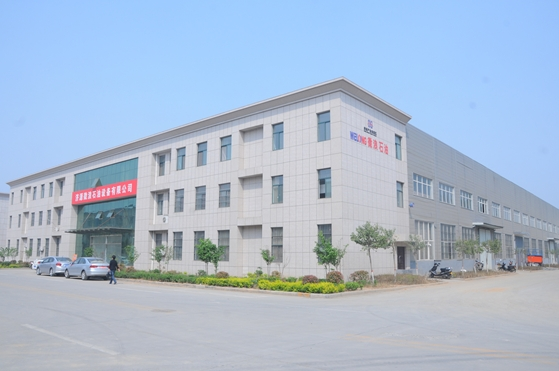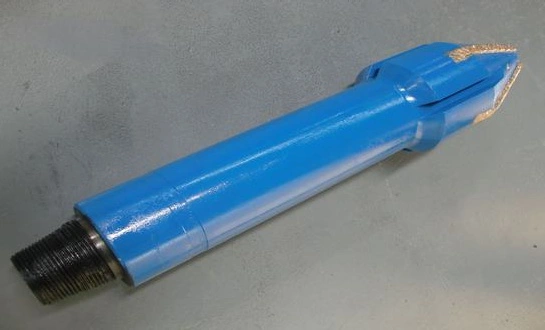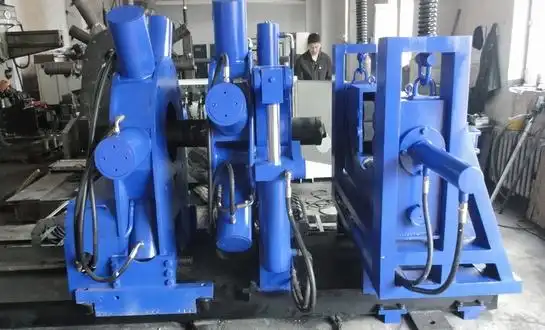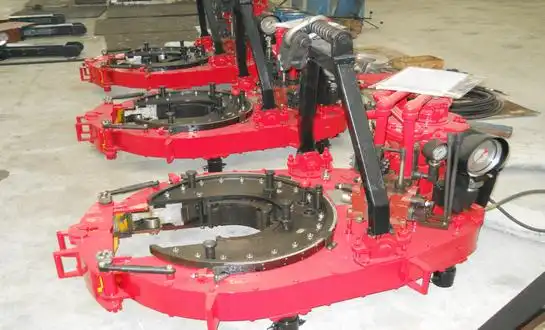Best Practices for Scheduling Work Roll Maintenance to Reduce Downtime
Implementing Preventive Maintenance Programs
Establishing a well-structured preventive maintenance program is essential to minimize unexpected downtime and ensure the efficient performance of work rolls in steel mills. The core idea behind preventive maintenance is to proactively address potential problems before they result in significant failures. This approach involves scheduling regular inspections, cleaning, and minor repairs during planned production breaks. By identifying wear and tear or issues at an early stage, mills can avoid costly disruptions and extend the life of their equipment. A preventive maintenance program should be customized based on various factors, such as the volume of production, the type of materials used in the work rolls, and historical performance data. By tailoring the maintenance schedule to these factors, steel mills can determine the ideal frequency of maintenance tasks, ensuring that work rolls are always operating at their best without unnecessary interventions.
Utilizing Condition-Based Monitoring
Condition-based monitoring has become an invaluable tool in modern steel mills, providing real-time insights into the performance and health of work rolls. These systems use advanced sensors and data analytics to track critical parameters, such as vibration levels, temperature fluctuations, and surface quality. By continuously monitoring the condition of the work rolls, maintenance teams can detect early signs of wear or malfunctions before they cause severe damage or lead to unplanned downtime. This proactive approach allows for smarter decision-making regarding when to perform maintenance, ensuring that it’s done only when necessary and at the most convenient times. As a result, mills can optimize performance, reduce the chances of unanticipated failures, and avoid costly repairs that might arise from ignoring warning signs.
Coordinating Maintenance with Production Schedules
Successful coordination between maintenance and production teams is key to reducing the impact of maintenance on overall productivity. Properly timing maintenance activities with the production schedule can significantly minimize downtime, particularly during roll changes or repairs. This can be achieved by aligning maintenance tasks with planned production breaks or during low-demand periods, ensuring that the mill continues operating efficiently without unnecessary disruptions. Effective coordination requires clear communication between teams, a flexible scheduling system, and a shared understanding of both production goals and maintenance priorities. By optimizing the timing of maintenance interventions, steel mills can maintain a high level of productivity while keeping their work rolls in peak condition, ultimately leading to improved operational efficiency and cost savings.
Impact of Work Roll Surface Roughness on Rolled Steel Quality
Influence on Surface Finish
The surface roughness of work rolls directly affects the quality of the final steel product. Proper maintenance of roll surface texture is crucial for achieving the desired surface finish on rolled steel. A well-maintained work roll with optimal surface roughness helps produce steel sheets with consistent and uniform surface characteristics. This is particularly important for industries that require high-quality surface finishes, such as automotive and appliance manufacturing. Regular grinding and polishing of work rolls help maintain the ideal surface roughness, ensuring consistent product quality throughout the production run.

Effect on Lubrication and Friction
Work roll surface roughness plays a significant role in the lubrication dynamics between the roll and the steel sheet during the rolling process. The proper surface texture helps retain lubricants, reducing friction and wear on both the work roll and the steel being processed. Optimal surface roughness ensures efficient lubricant distribution, leading to improved rolling performance, reduced energy consumption, and extended work roll life. Maintenance practices that focus on maintaining the ideal surface roughness contribute to overall process efficiency and product quality.
Impact on Dimensional Accuracy
The surface condition of work rolls affects the dimensional accuracy of rolled steel products. Excessive or uneven wear on roll surfaces can lead to variations in thickness and flatness of the rolled material. Regular maintenance, including precision grinding and profiling of work rolls, helps maintain tight dimensional tolerances in the finished product. This is particularly crucial for applications requiring high-precision steel components, such as those used in the aerospace and precision engineering sectors.
Can Predictive Maintenance Tools Extend Work Roll Lifespan?
Advanced Sensor Technologies
Predictive maintenance tools leverage advanced sensor technologies to monitor various aspects of work roll performance in real-time. These sensors can detect changes in vibration patterns, temperature fluctuations, and surface wear rates. By continuously gathering and analyzing this data, maintenance teams can identify potential issues before they lead to catastrophic failures. This proactive approach allows for timely interventions, such as targeted grinding or roll changes, which can significantly extend the operational lifespan of work rolls.
Data Analytics and Machine Learning
The integration of data analytics and machine learning algorithms with predictive maintenance tools enables more accurate forecasting of work roll wear and potential failures. These advanced systems can analyze historical data, current operating conditions, and material characteristics to predict when a work roll is likely to require maintenance or replacement. By optimizing maintenance schedules based on these predictions, steel mills can maximize the useful life of their work rolls while minimizing the risk of unexpected breakdowns.
Cost-Benefit Analysis of Predictive Maintenance
While implementing predictive maintenance tools requires initial investment in technology and training, the long-term benefits often outweigh the costs. Extended work roll lifespan translates to reduced replacement frequency, lower maintenance costs, and improved overall equipment effectiveness. Additionally, predictive maintenance can lead to energy savings, improved product quality, and increased production uptime. Steel manufacturers should conduct thorough cost-benefit analyses to determine the optimal implementation strategy for predictive maintenance tools in their specific operational context.
Source: CHINA WELONG-Oilfield tools Manufacturer
FAQ about Work Roll
What are the main factors affecting work roll wear?
Several factors contribute to work roll wear in steel rolling operations. These include rolling temperature, applied pressure, roll material composition, cooling system efficiency, and the type of steel being processed. Additionally, factors such as roll surface finish, lubrication quality, and rolling speed play significant roles in determining the rate of wear. Understanding these factors is crucial for developing effective maintenance strategies and selecting appropriate work roll materials for specific applications.
How often should work rolls be replaced?
The frequency of work roll replacement varies depending on several factors, including the type of steel being rolled, production volume, and maintenance practices. Typically, work rolls in hot rolling mills may need replacement every few days to a week, while those in cold rolling operations can last several weeks to months. However, implementing effective maintenance practices and utilizing advanced monitoring systems can significantly extend the operational life of work rolls, reducing the frequency of replacements and associated downtime.
What are the latest innovations in work roll materials?
Recent advancements in metallurgy and materials science have led to the development of high-performance work roll materials. These innovations include enhanced high-speed steel (HSS) rolls with improved wear resistance and thermal stability, as well as composite rolls featuring a hard outer shell and a more ductile core. Additionally, the use of ceramic-coated rolls for specific applications has shown promise in extending roll life and improving product quality. Ongoing research focuses on developing materials that can withstand higher temperatures and pressures while maintaining excellent surface characteristics throughout their operational life.
In conclusion, effective work roll maintenance is paramount for ensuring optimal steel rolling efficiency and product quality. By implementing best practices in scheduling, monitoring surface roughness, and leveraging predictive maintenance tools, steel manufacturers can significantly improve their operational performance and competitiveness. As the industry continues to evolve, staying informed about the latest maintenance techniques and technologies is crucial for success. For more information on work rolls and related oilfield products, please contact us at oiltools15@welongpost.com. Welong is committed to providing high-quality products and comprehensive support to meet the evolving needs of the steel and oil industries.





